Twin Building Case Studies
For this project, BETAC is working with Manitoba Housing on three case studies for three sets of “twin MURBs” (pairs of multi-unit residential buildings that have identical size, floor area and floor plans) located in Winnipeg, Manitoba.
Background
One building from each pairing has undergone an extensive building retrofit and the other building pairing remains in its original condition.
Our Research
These case studies will document the pre- and post- retrofit energy performance of the buildings, as well as review each set of buildings to identify the extent of the renovations to each building, and their associated timelines.
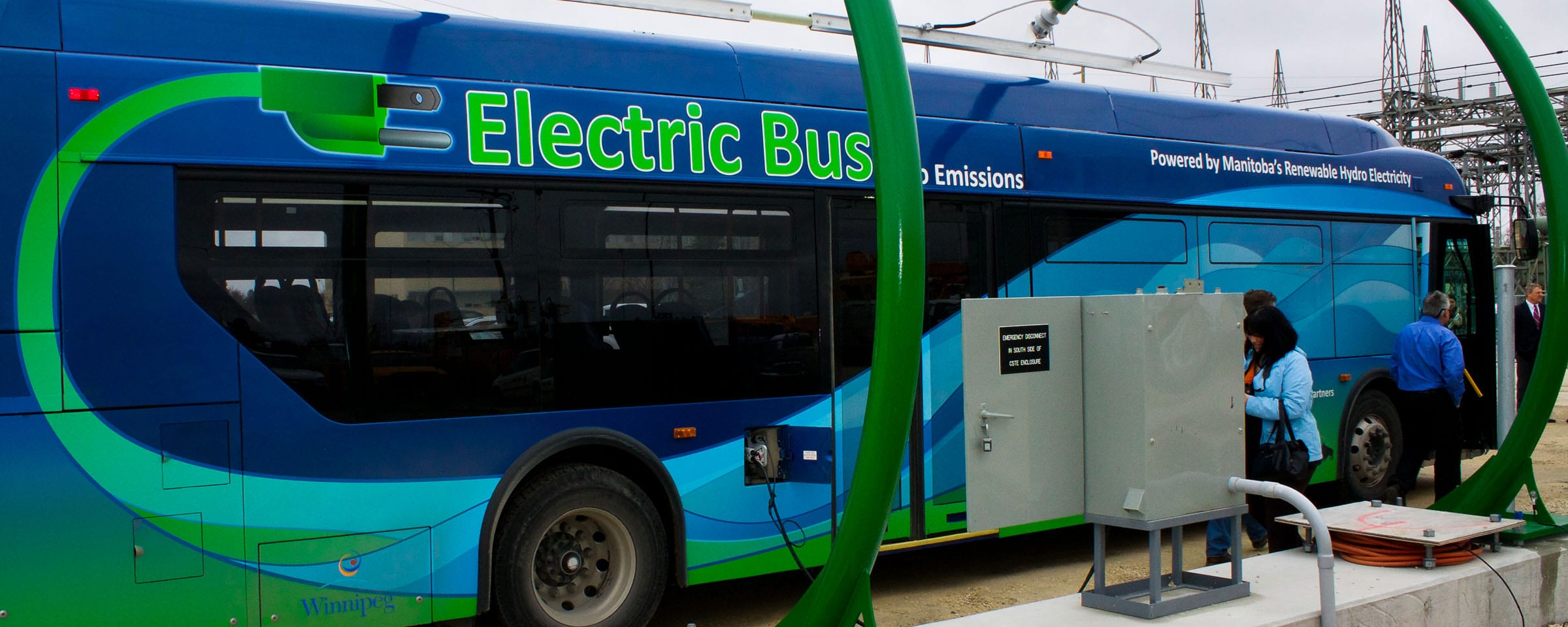

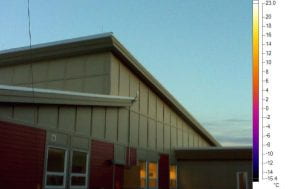 York Factory First Nation is collaborating with BETAC to perform an air leakage test on a nursing station built in 2000 that has since encountered some roof damage due to ice damming.
York Factory First Nation is collaborating with BETAC to perform an air leakage test on a nursing station built in 2000 that has since encountered some roof damage due to ice damming.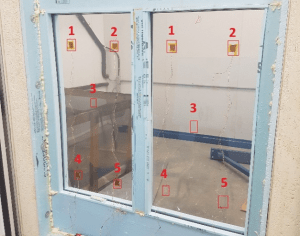 The objective of this project was to compare and evaluate the thermal performance of two samples of a polycarbonate glazing, which behave similarly to Insulated Glass Units (IGU), provided by a local window manufacturer to the Building Envelope Technology Access Centre (BETAC) at Red River College.
The objective of this project was to compare and evaluate the thermal performance of two samples of a polycarbonate glazing, which behave similarly to Insulated Glass Units (IGU), provided by a local window manufacturer to the Building Envelope Technology Access Centre (BETAC) at Red River College.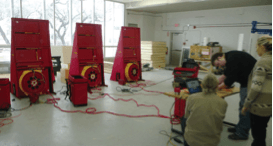

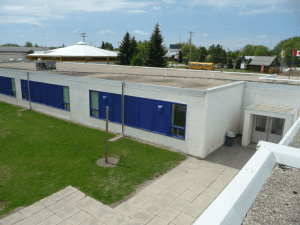 In 2014/15 the École Heritage Immersion School in St Pierre-Jolys, Manitoba, underwent a major building envelope upgrade including complete removal and replacement of the west and north exterior walls plus the courtyard area.
In 2014/15 the École Heritage Immersion School in St Pierre-Jolys, Manitoba, underwent a major building envelope upgrade including complete removal and replacement of the west and north exterior walls plus the courtyard area.